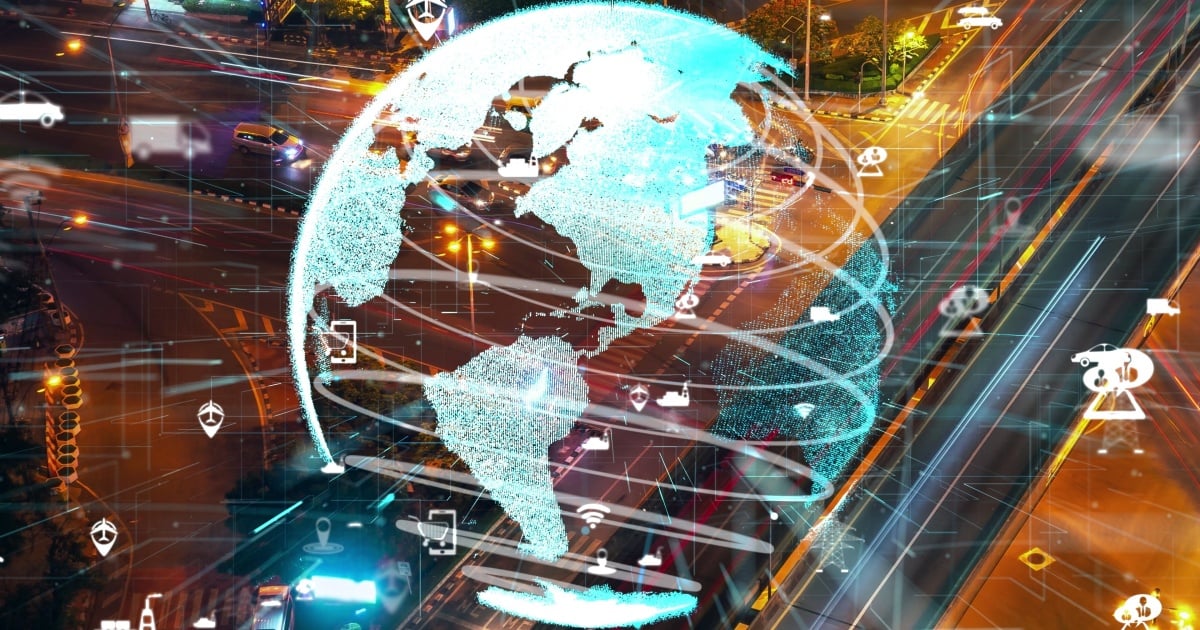
According to a recently released Research and Markets forecast report, the global edge computing market could reach $8.96 billion by 2023, expanding at a CAGR of 32.6 percent. Edge computing brings data processing nearer to IoT sensors, to decrease latency and improve efficiency. The Internet of Things is driven by huge volumes of data generated from sensors throughout the world and enterprise operations.
Collecting, sending, and processing the massive quantities of data requires companies to act intelligently, quickly, and make better business decisions. Edge computing is a network of data centers that store and process data locally before sending them or cloud. It optimizes computing to avoid disruptions in sending and receiving data.
The report classifies the global edge computing market into applications and end users. Based on applications, the firm further sub-classifies the edge into smart cities, smart factories, connected healthcare, connected vehicles, smart grids, and other. Other applications include edge computing in gaming and e-commerce.
Smart cities holds the most significant market share, the report asserts. The rising trend of urbanization is expected to initiate smart city projects to resolve various urban problems using ICT as a base. This will result in the increased application of edge computing in this domain.
Based on end users industries, edge computing networks will be used in the manufacturing sector, energy and utility sector, IT and telecommunication, healthcare and life sciences, and consumer appliances. The IT and telecommunication sector is expected by Research and Markets to grab the most significant market share and expand at the highest CAGR.
By regions, the market is divided into North America, Europe, Asia Pacific, Latin America, and the Middle East and Africa. North America would secure the highest demand. Edge computing is the crucial factor in the IOT trend in this region. Asia-Pacific is expected to grow at the highest CAGR. The region is expected to grow at a CAGR of 40.5 percent.
Companies Mentioned:
- Cisco system
- Microsoft Corporation
- IBM
- Google
- Amazon
- SAP
- Oracle
- Huawei Technologies Co. Ltd
- Intel Corporation
Key growth factors:
The rising number of devices that are connected to artificial intelligence require a lot of real-time analysis. Relying on traditional cloud computing is difficult. That is why it is predicted that edge computing would be the next big trend after cloud. To avoid network congestions, service providers are deploying a system on the internet that caches the information close to the users by duplicating the content on multiple servers. This is an example of edge computing.
The IoT Evolution Expo, and collocated events, IoT Evolution Health, LPWAN Expo, The Smart City Event, and IIoT Conference, will take place Jan. 29 to Feb 1 in Ft. Lauderdale, Florida. Visit IoTEvolutionExpo.com to register now.Edited by
Ken Briodagh





